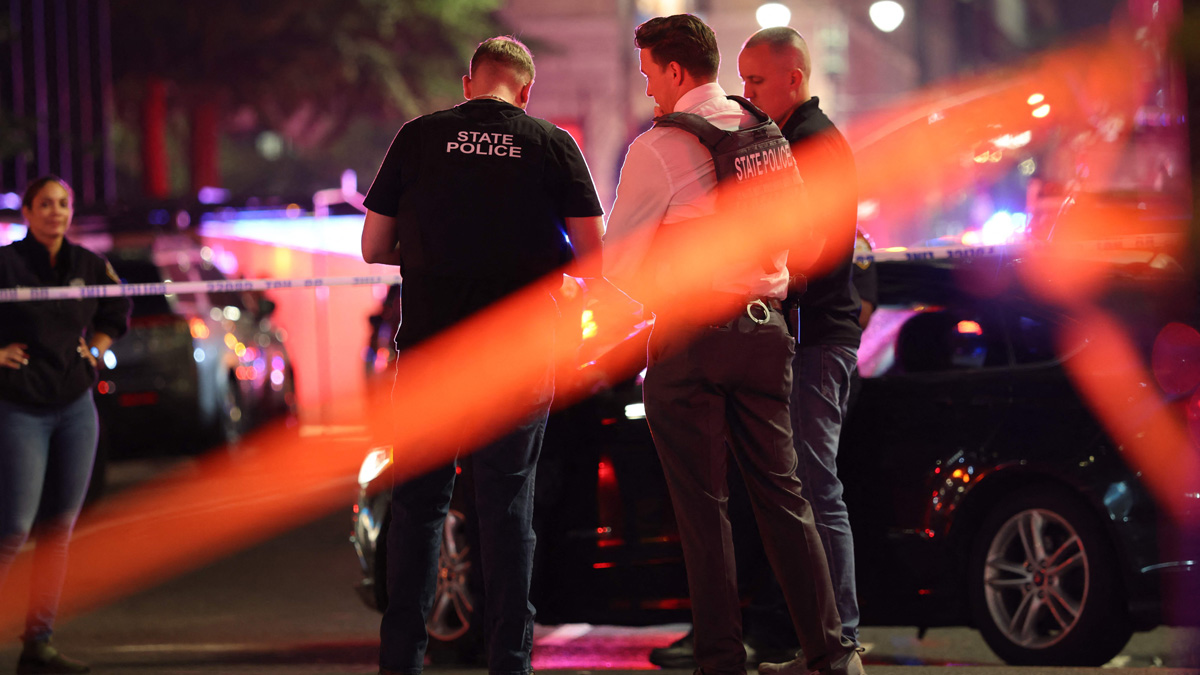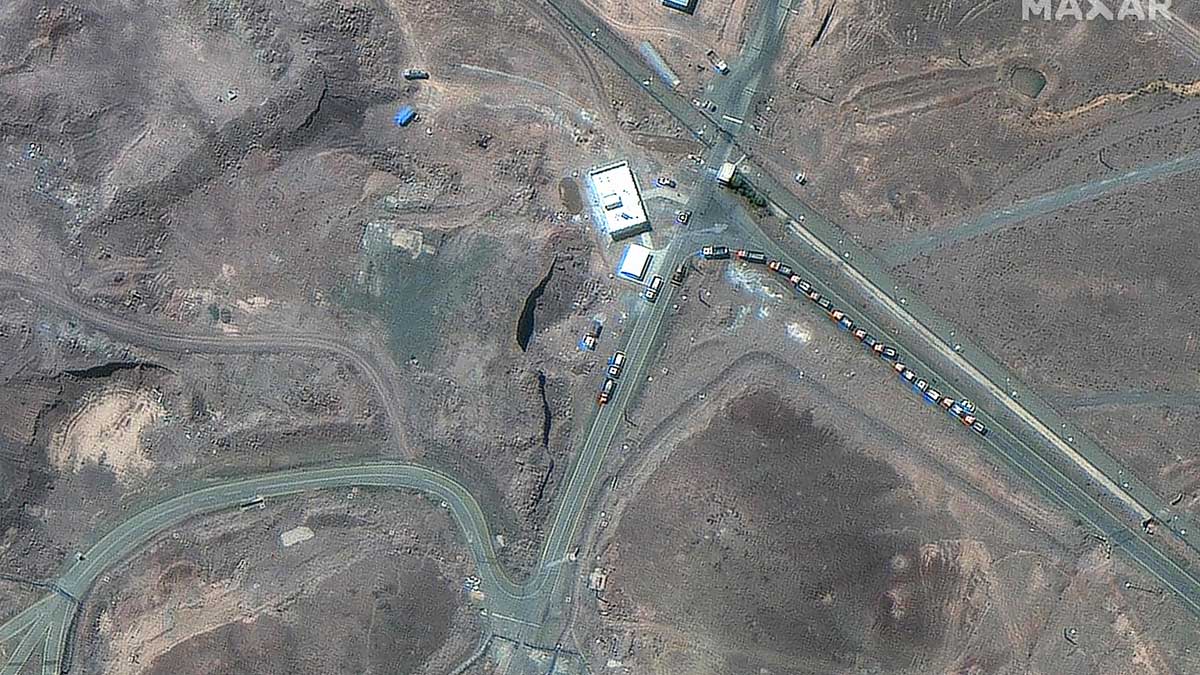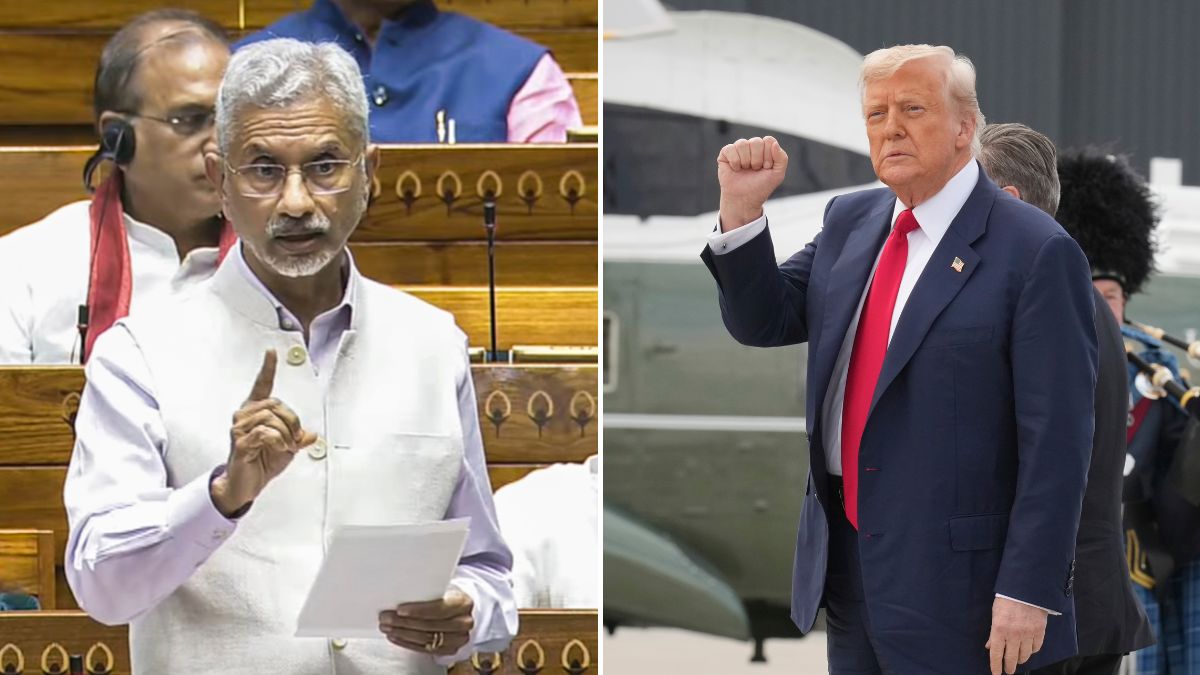
A fresh ceasefire proposal mediated by the United States has been met “in a positive spirit” by Hamas, indicating that it is prepared to begin talks with Israel right away on an agreement that might put an end to the almost two-year-old conflict in Gaza and set the stage for a long-term settlement. Delivered late Friday to mediators Egypt and Qatar, the response is the biggest step in months to put an end to the conflict that started with the October 7, 2023, attack on Israel by Hamas.
According to the revised plan, Hamas would return the remains of 18 Israeli captives and free 10 living hostages in exchange for an undetermined number of Palestinian inmates detained in Israeli prisons during a 60-day ceasefire. The agreement would also allow the Israeli military to start a phased withdrawal from some areas of Gaza and allow humanitarian aid to enter the enclave immediately.
On its official website, Hamas stated, “The movement has delivered its response to the brotherly mediators, which was characterised by a positive spirit.” “Hamas is prepared to immediately engage in a new round of negotiations regarding the mechanism for implementing this framework, with all due seriousness.”
Before warning Hamas that “it will not get better, it will only get worse” if it did not respond favourably, President Donald Trump, who made the announcement earlier in the week and has been actively involved in pressuring both sides, wrote on Truth Social: “MAKE THE DEAL IN GAZA,” addressing Israel. Trump and Israeli Prime Minister Benjamin Netanyahu are scheduled to meet in Washington on Monday to talk about the ceasefire plan and other regional issues, like as the US bombing campaign against Iranian nuclear targets that lasted 12 days and was initiated at Netanyahu’s request.
Israeli officials acknowledged receiving and reviewing Hamas’s response. Gideon Saar, the foreign minister, stated that Israel was keen to begin talks again as soon as possible and that there were “positive signs” in the efforts to do so.
Netanyahu has so far rejected calls to terminate the war completely due to pressure from far-right members of his ruling coalition who are against any long-term ceasefire. His administration is still adamant that any agreement must let Israel to destroy Hamas’s armed forces and governance in Gaza. However, Netanyahu might be in a better position to negotiate without running the risk of his government collapsing after the campaign against Iran, which seems to have improved his internal status.
The ceasefire’s duration continues to be a major subject of contention. Israel wants to keep the option of resuming military operations in the event that discussions fail, while Hamas wants more guarantees that the 60-day truce will result in a complete end to the war. Such problems have caused previous negotiations to end abruptly, with both parties blaming the other.
The most recent ceasefire plan reflects aspects of previous, brief truces and expands upon a framework put forth by White House special envoy Steve Witkoff. Hostages and prisoners would be released in phases, just as before. The new agreement requires Hamas to stop holding televised transfer ceremonies, which in the past incited Israeli indignation.
Following the truce’s implementation, the US, Qatar, and Egypt would assume supervisory roles in negotiations for a permanent ceasefire. The proposal leaves open the question of how much ground Israel would give up and under what circumstances, as it does not specify the scope of its intended troop withdrawal from Gaza.
Uncertainty is also increased by Hamas’ internal dynamics. After Muhammad Sinwar was killed, Izz al-Din al-Haddad reportedly became the new military leader in Gaza. Al-Haddad has expressed extremist views and is thought to have been a major player in the October 2023 attack. He has enumerated Hamas’s demands for peace, which include the complete withdrawal of Israel from Gaza, the cessation of hostilities, the release of all Palestinian detainees, the restoration of the region, and the removal of all restrictions on the flow of people and products.
In spite of these obstacles, mediators seem cautiously optimistic. The need for a breakthrough is mounting as humanitarian conditions worsen and more than 6,000 people have been killed in Gaza since the last ceasefire broke down in March.
According to Israeli sources who spoke to Reuters, the ceasefire was being prepared for approval, and if Hamas’s response was judged acceptable, an Israeli delegation was prepared to participate in the indirect negotiations.
Whether the tenuous momentum can result in a permanent cessation of the violence and a return to diplomacy is still the key concern. “We are at a critical juncture,” stated a US official familiar with the negotiations. The decisions made in the next several days will determine Gaza’s and the region’s future.







